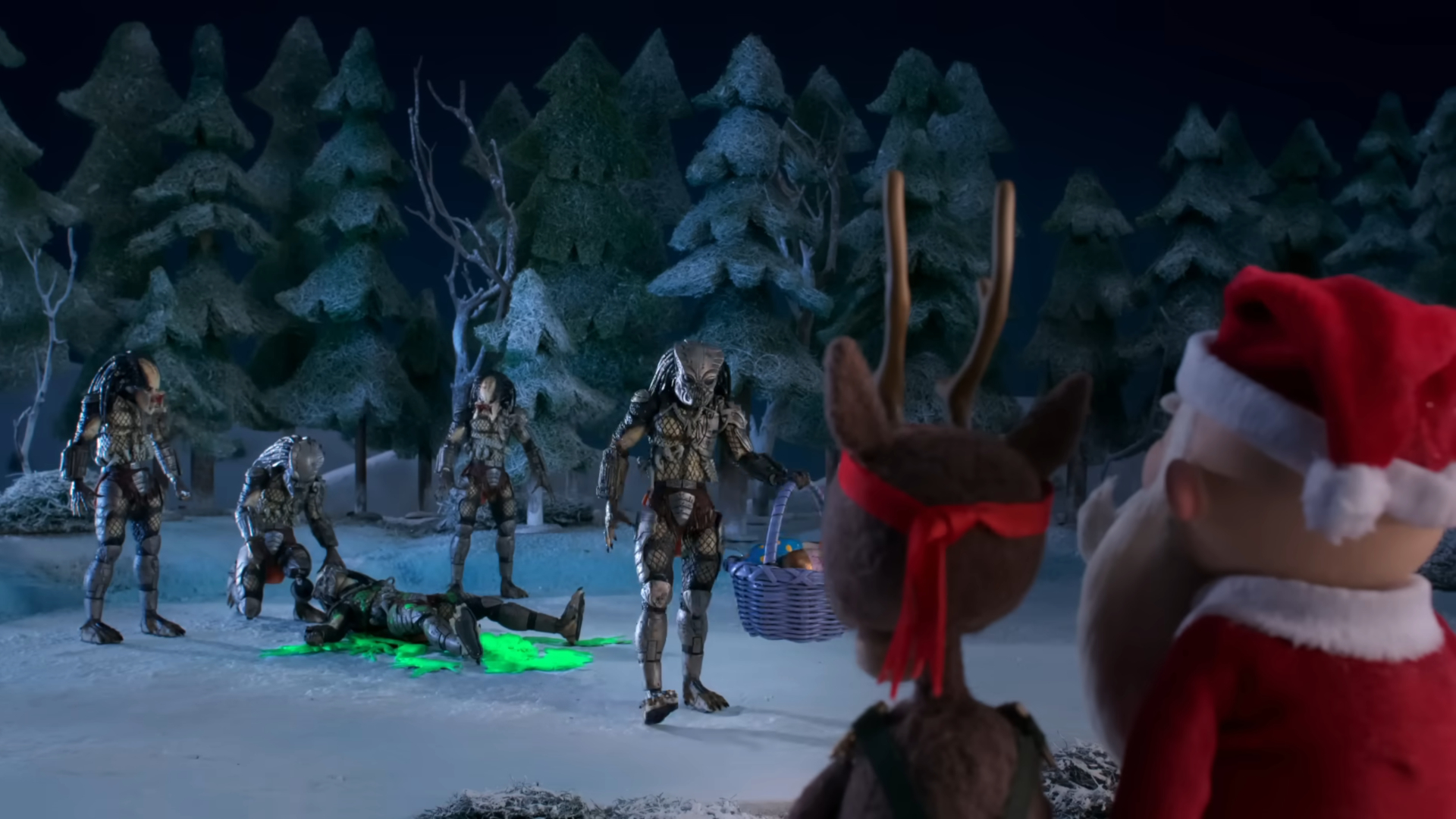Promising Perseid Meteor Shower Makes Impressive Start
Clearskies over these next few nights and enough personal stamina to stayawake willafford a view of one of the flashiest meteor displays of the year. TheannualPerseid Meteor Shower has been slowly ramping up in intensity sincethis pastweekend and viewers from around the world have been delighted by viewsof thesebright streaks of light darting across the night sky.
Insome special cases, they?ve put on spectacular ? albeit brief ? shows.And thebest is yet to come. [Top10Perseid Meteor Shower Facts]
OnSaturday, Ern? Berk? fromLud?nyhalaszi, Hungarywitnessed a Perseid that he estimated at magnitude -10, or more than 100times brighter than the planet Venus (which, along with Marsand Saturncurrently adorns the southwest sky right after sunset).
ExcellentNew England weather last weekend brought more than athousand amateur astronomers to the 75th Stellafane Convention, justoutside ofSpringfield, Vermont. While the emphasis was on observing the sky withtelescopes, many participants also enjoyed the viewsof an occasional Perseid cutting a path across the sky. Everytime one wasseen, the watchers said: "Ooooohh!"
"OnSaturday night, one bolide (exploding meteor) lit up thefield," said Steve Lieber of the Astronomical Society of Long Island(ASLI). "Looked like a flash going off. Saw the vapor trail for 15-20seconds after that."
(Thissky map shows where to look to see the meteor shower.)
Peakdue this week
Breaking space news, the latest updates on rocket launches, skywatching events and more!
Thepeak of this year?s Perseids is forecast (for North America)to come during the afternoon hours on Thursday, which means thatgreatestnumber of meteors will probably be seen late that night into thepredawn hoursof Friday. At these times a single observer might count anywhere from60 to 100per hour.
Butdon?t overlook late tonight into early Thursday morning, whenabout two-thirds of that number might be seen. And even late on Fridaynightinto early Saturday hourly rates will still be respectable, thoughprobablynumbering about one-quarter to one-half of the numbers seen on the peaknight.Over this weekend you can still probably catch sight of a lingeringfew.
Cometcrumbs
ThePerseid meteor shower "shootingstars"are the remnants of Comet Swift-Tuttle, which lastvisited theinner solar system in 1992. Every August, like clockwork, ourplanetEarth cuts through the ?river of rubble? left behind along the orbit ofthecomet.
Andyet, while comets are composed chiefly of frozen gas, meteors are veryflimsy.They?re material that has flaked off comets and they?re similar inconsistencyto cigar ash; they litter up our solar system. Most arescarcely largerthan pebbles or sand grains.
Inthe case of the Perseids, they come crashing into Earth?s atmosphere atestimated speeds as high as 37 miles per second (60 km/s), or 133,000mph(214,000 km/h). These tiny visitors from the cold, vast voids ofstellar space,have been orbiting in the solar system for perhaps hundreds or eventhousandsof years, but cannot survive the shock of entry, and end up streakingacrossthe sky in a brief, blazing finale lasting but a few seconds.
Theirkinectic energy is used up in such processes as the production oflight, heatand ionization. Thus, such a tiny particle bursts intoincandescence fromfriction, producing the shooting star effect and can be seen from morethan100-miles away.
Butit?s really the light energy it develops, not the particle itself thatwe see.
Observingtips
Astronomersoffer this advice: Get as far away from bright city lights as you can,althougha few of the brightest meteors may be glimpsed even over the sootycurtain oflarge, light polluted metropolitan areas. Hope for a clear,drynight.
Youcan start your watch as early as 10 p.m., although the best views willcomebetween 2 a.m. and the first light of dawn. Any lawn or rooftop canserve as anobservatory when it comes to meteor watching. Relax in a lawn chair andscanthe heavens from the south over toward the northeast.
Theyare named the Perseidmeteors because their fiery trails, if extended to a commonpoint ofintersection, would seem to originate near to the Double Star Clusterin theconstellation Perseus , which on mid August evenings rises from thenortheast.
Buttheir associated meteors could make their fiery plunges into theatmosphereover a wide range of the sky. As the night progresses, the stars ofPerseus,which lies low to the northeast horizon before midnight, will slowlyclimb progressivelyhigher into the sky. During the first part of the night, themeteors mayappear to describe rather long paths across the heavens; after midnightthey?llappear more like short, swift streaks.
Ashas already been noted, some Perseids leave particularly long-enduringtrainsin their wake. With binoculars one can see these trains driftingagainst thebackdrop of the stars, indicative of swift winds in the very highatmosphere.But generally speaking, binoculars and especially telescopes are notparticularly recommended because your unaided eyes can take in muchlargerareas of the sky.
Forthose who sleep through the Perseids, the next really prominent meteorshowerwill come in mid-December, the time of the Geminid Meteors.
- PerseidMeteor Shower Unleashes Bright Fireball
- Top 10 Perseid Meteor Shower Facts
- Gallery?? 2005 Perseid Meteor Shower
Joe Rao serves as aninstructor and guest lecturer at NewYork's Hayden Planetarium. He writes about astronomy for The New YorkTimes andother publications, and he is also an on-camera meteorologist for News12Westchester, New York.

Joe Rao is Space.com's skywatching columnist, as well as a veteran meteorologist and eclipse chaser who also serves as an instructor and guest lecturer at New York's Hayden Planetarium. He writes about astronomy for Natural History magazine, Sky & Telescope and other publications. Joe is an 8-time Emmy-nominated meteorologist who served the Putnam Valley region of New York for over 21 years. You can find him on Twitter and YouTube tracking lunar and solar eclipses, meteor showers and more. To find out Joe's latest project, visit him on Twitter.
